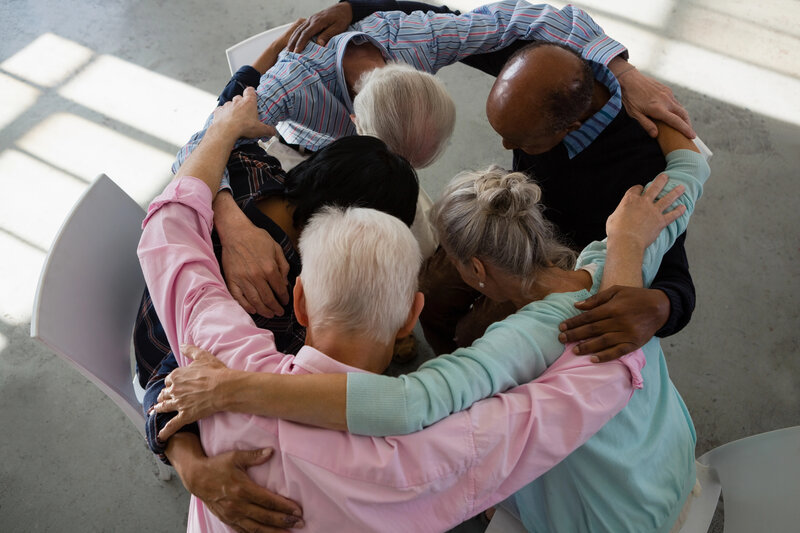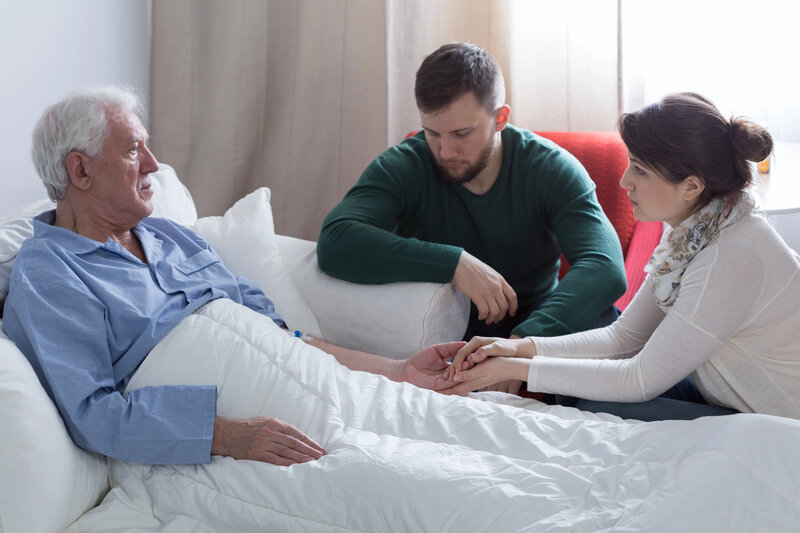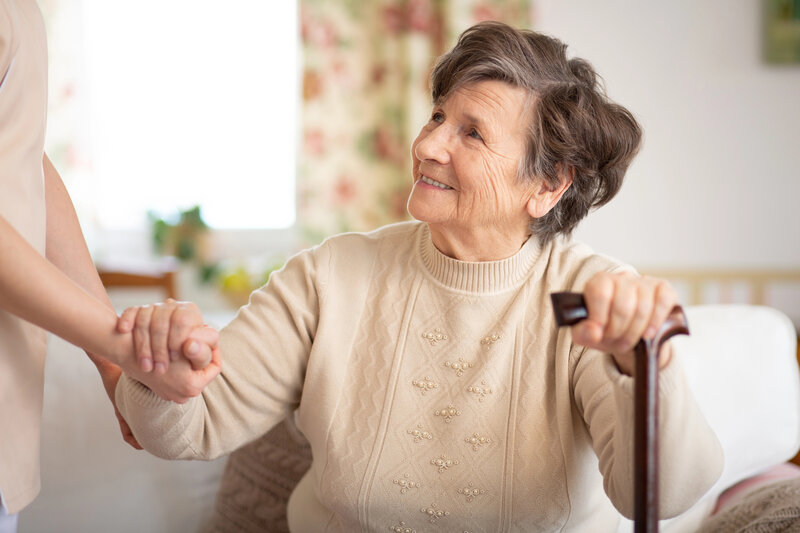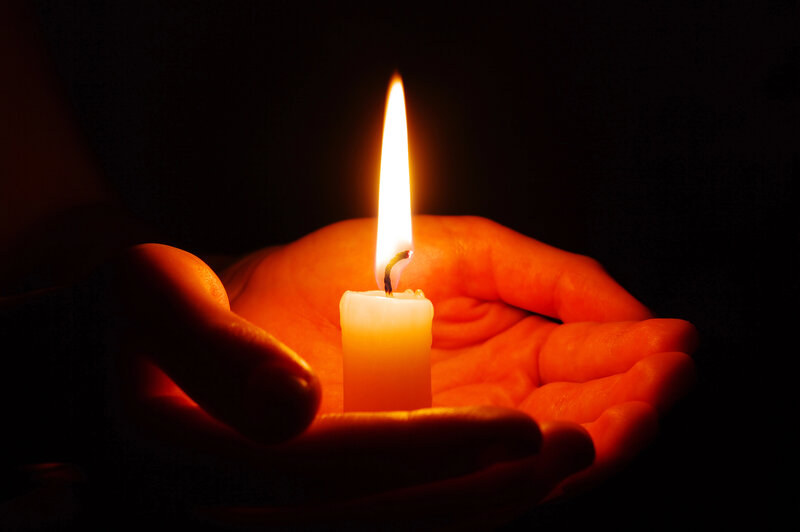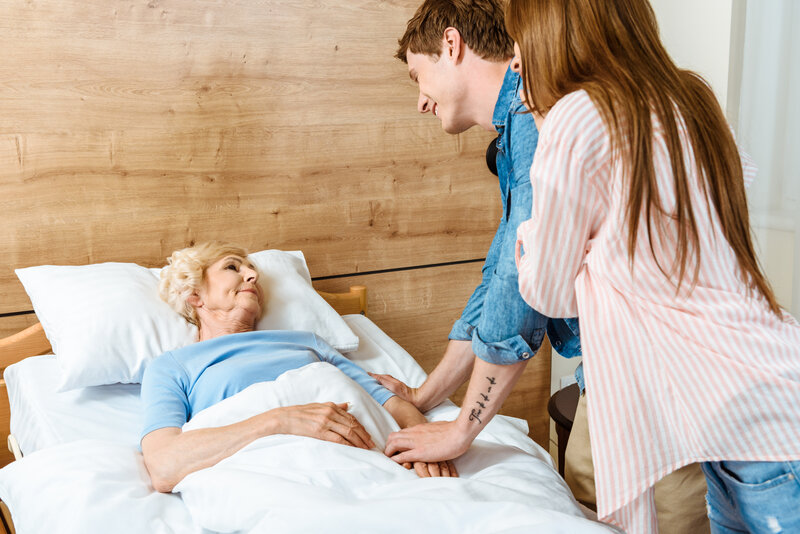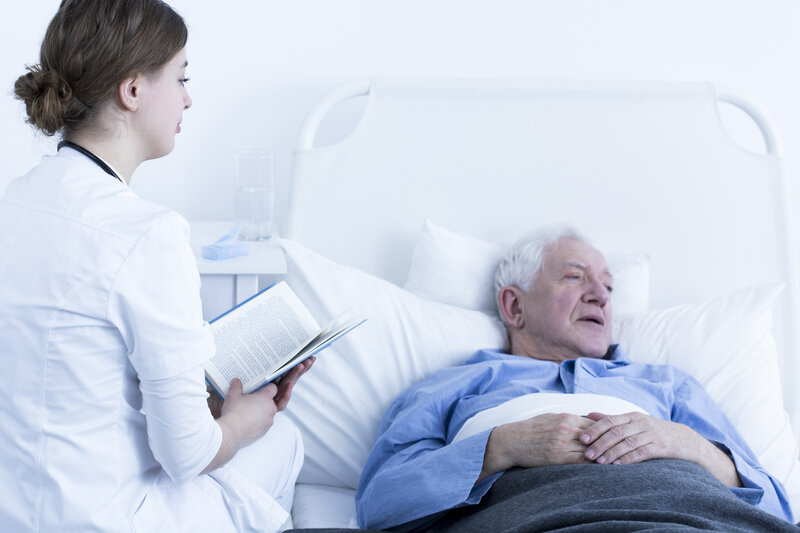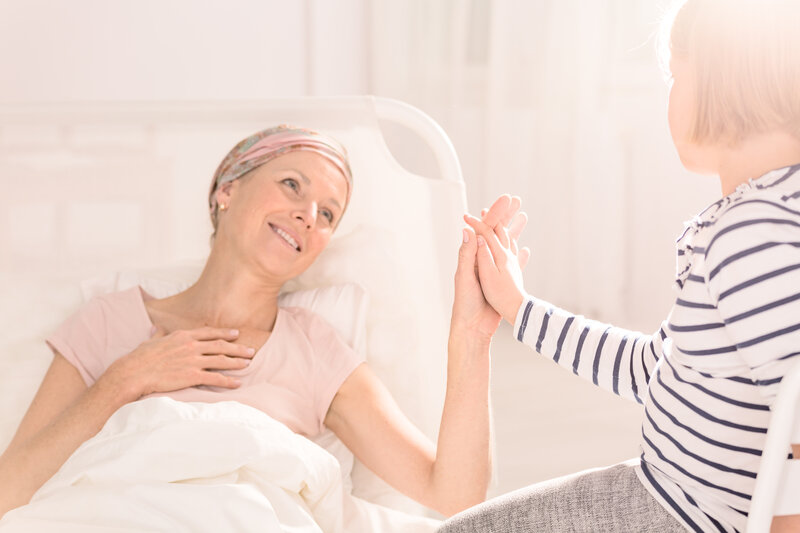Tips For Preparing Your Home For Hospice
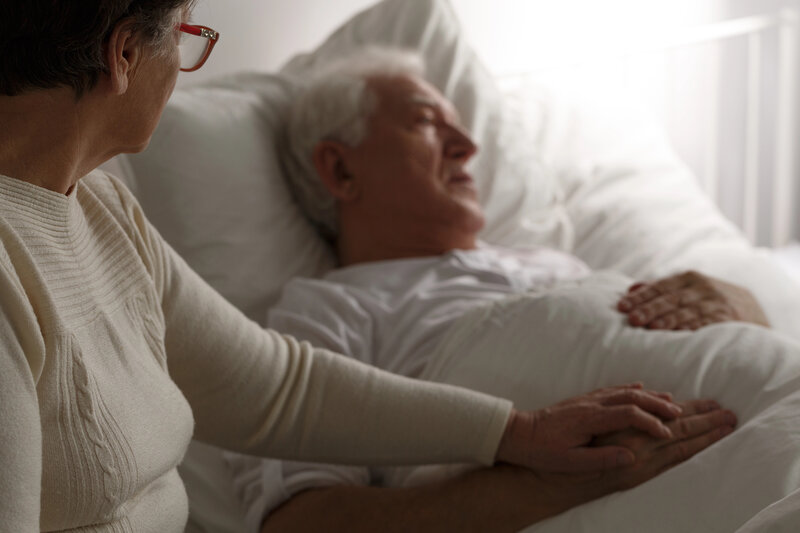
Hospice services are invaluable and enhance the quality of daily life for our clients and their families. However, we understand it is a big transition. The better prepared you are for hospice service – and all of its benefits – the easier your transition will be.
6 To-Do’s When Preparing Your Home For Hospice Services
Here are six things you can do to prepare yourself, your home, and your family for home hospice services.Think about which room in the house makes the most sense
While a bedroom may be the best space in the home, many families find it better to use a dining room or living room space – or to swap bedrooms – to enhance the client’s ambient environment. Hospice clients fare best when the room:- Is large enough to accommodate the new bed (our customized, controllable beds and any of the other durable medical equipment required are provided by us, delivered to your home, and set up for you).
- Has lots of daylight and access to fresh air.
- Allows room for people to visit or spend some time, including a comfy chair or two.
- Think ahead about where you’ll place other durable medical equipment that will be delivered soon or over time (wheelchair, bedside commode, walker, shower chair, adjustable tray table, oxygen (both home and portable options), etc.).
Identify how hospice team members and volunteers can best serve your needs
We understand that caregiving for someone who is dying is both physically and emotionally draining. It’s almost as if you’ve entered a different space-time continuum. While there may be a general rhythm to which hospice team members visit (nurses, aides to help with bathing and changing, chaplains, volunteers, prescription deliveries, medical equipment deliveries, etc.), know that every day may be different from the one before. This can be challenging, especially when you’re a private person or someone who finds security in routine. But all of this support is evidence that you are not alone. This is the way it goes for anyone in your shoes, and your hospice team is here for you. Now is a great time to think about what might be the hardest for you about home hospice care so we can provide support.- Volunteers can shop, provide respite care, take pets for walks, take the garbage out, provide companionship to those who live alone, etc.
- Chaplains are non-denominational and also happy to provide conversation, answers to questions, or spiritual/emotional support for atheists and agnostics!
- We also have connections with area volunteers who provide music therapy, pet visits, massage or acupuncture, and more.
Think about client-specific ambiance
The space and climate you’re creating at home is significant. This is the place where your loved one will spend their last days and hours – regardless of how able-bodied they may be now. If you haven’t already, this is the time to begin asking questions about what your loved one wants as they approach the end of their life. Preparing your home for hospice also includes creating an ambient space that provides anything we can possibly provide for emotional and sensual comfort.- Aromatherapy diffusers can be used to make the space smell fresh and full of their favorite or most calming scents.
- Dimmable light bulbs and battery-operated candles offer more soothing lighting (and flames aren’t allowed around oxygen).
- What images would they like to see as they lay there? Perhaps some family photos, images of favorite places, or religious/spiritual icons that bring them comfort.
- Do they have their own TV, stereo, gadget, speaker, etc. to provide entertainment or to play their favorite music?
- Is there a trash can handy?
- Are there headphones available so the client – or caregivers/visitors can listen/watch things without disturbing others depending on the time of day/night?
- Would some live plants or fresh flowers enhance the space?
Focus on cleanliness and hygiene
Again, the more bedbound a client becomes, the more that will take place in that one space. Pretty soon, that room or corner of the living/family room will become the house’s center of activity and attention. Depending on how the client feels about food, there may be meals or regular snacks and drinks. They’ll also be bathing, changing, and toileting all in the same space. There may be multiple bottles, wipes, and other packages and containers relating to the above. Keeping the space organized, clean, and sanitized will help everyone feel more calm and centered. It also ensures that all visual enhancements aren’t hidden or taken over by clutter. Spending the bulk of our time in a cluttered or messy environment is stressful. At the hospice bedside, the goal is to support as much ease, peace, and quality of life as possible.Prepare the bathroom area (if the client can still use it)
Most clients want to use their own bathroom space as long as it is safely and physically possible. However, for some houses, this requires some decluttering of surfaces and rearranging of things so that:- There is space to maneuver safe transfers from a wheelchair/walker.
- A handheld shower faucet can support independent bathing for longer than the typical shower head faucet.
- Nighttime safety lighting should be considered as the waking/sleeping hours will probably shift over time. Depending on the side effects associated with the condition leading to death, more frequent trips to the bathroom may be necessary at night.
- Non-slip bathmats are helpful.
- Anything the client needs should be easily accessible without much effort.
Part of preparing your home for hospice is to educate family, friends, and visitors
Finally, the well-being of the client must be at the forefront. Because our culture is not as dying- and death-fluent as it was just a few generations ago, our job is to educate well-meaning family members, friends, and visitors about what is really going on here. Anyone who will be coming regularly into the home and beside should read our post, New Rules of End of Life: What Happens When We Die, so they have a better understanding of your experience. Ask us to provide extra copies of the little blue book, Gone From My Sight, by Barbara Karnes R.N., which is another wonderful and simple explanation of “death care etiquette.” When your loved one is actively dying, consider posting a sign on your front door with specific instructions. This might look something like: Welcome. You’re entering a tender space. We ask that you:- Take a deep breath and leave unhelpful emotions at the door.
- Please read the copy of Gone From My Sight on the kitchen table before you come to Mom’s bedside.
- Speak softer and more slowly.
- Don’t take it personally if this isn’t a good time and we ask you to leave. We are here to honor Mom and we take things minute by minute.
- We’re so grateful you came by to spend time honoring Mom. Please feel free to leave a message or note in the spiral notebook if you can’t come into the room or if she can’t see you right now.
